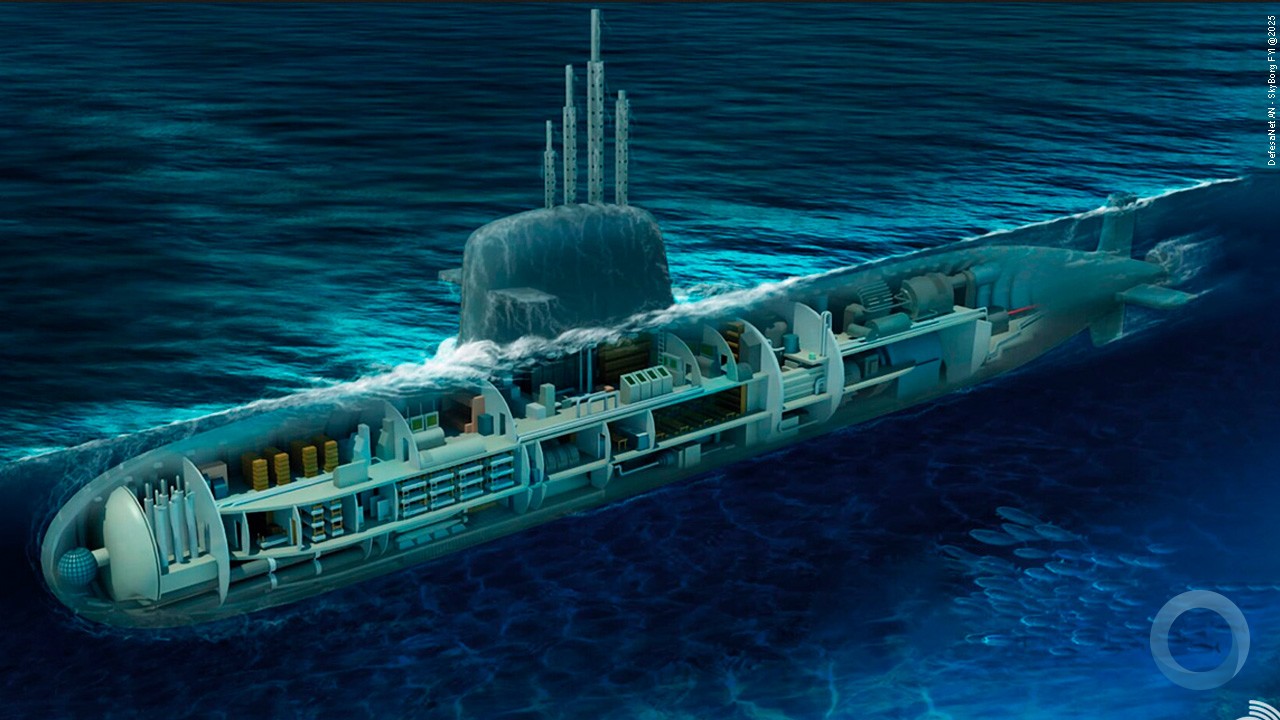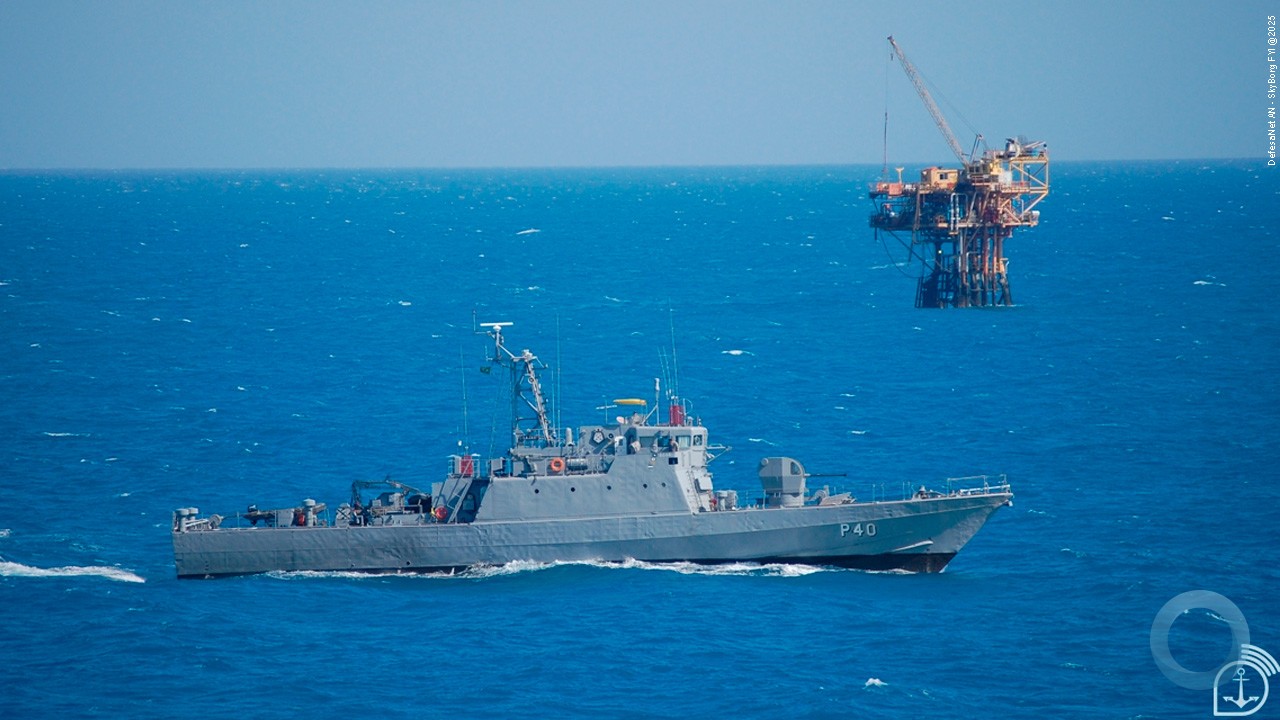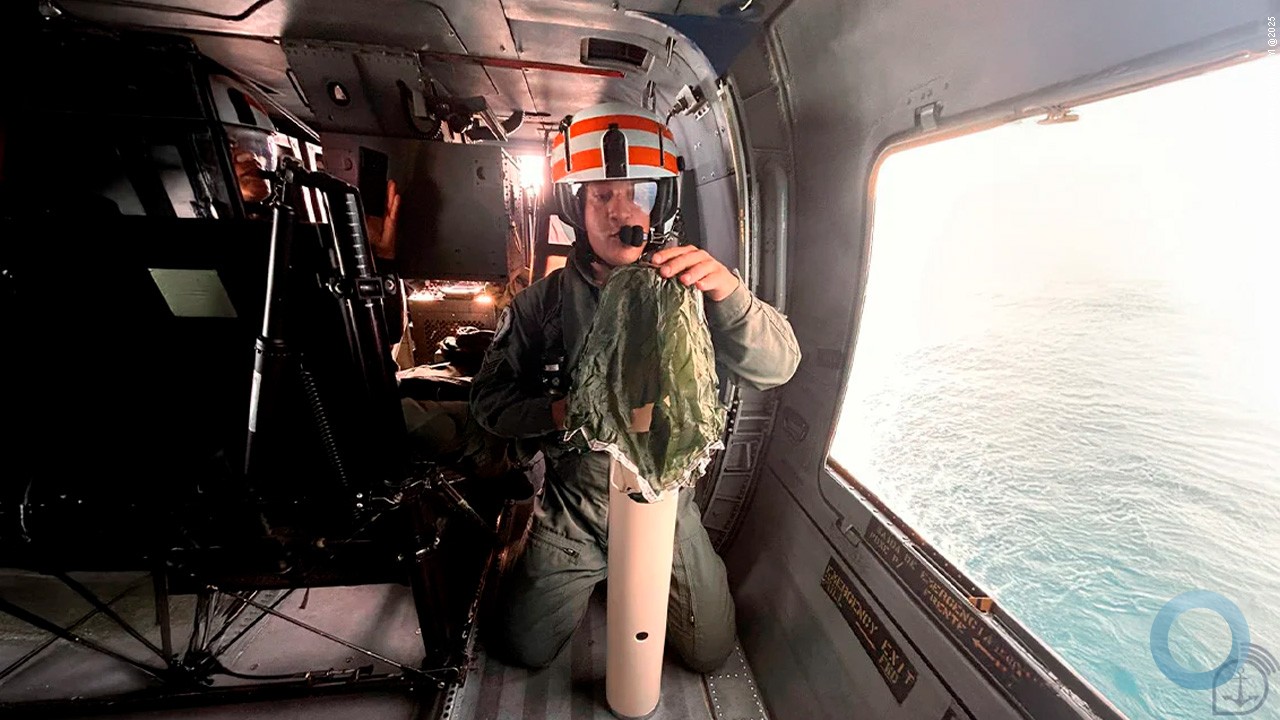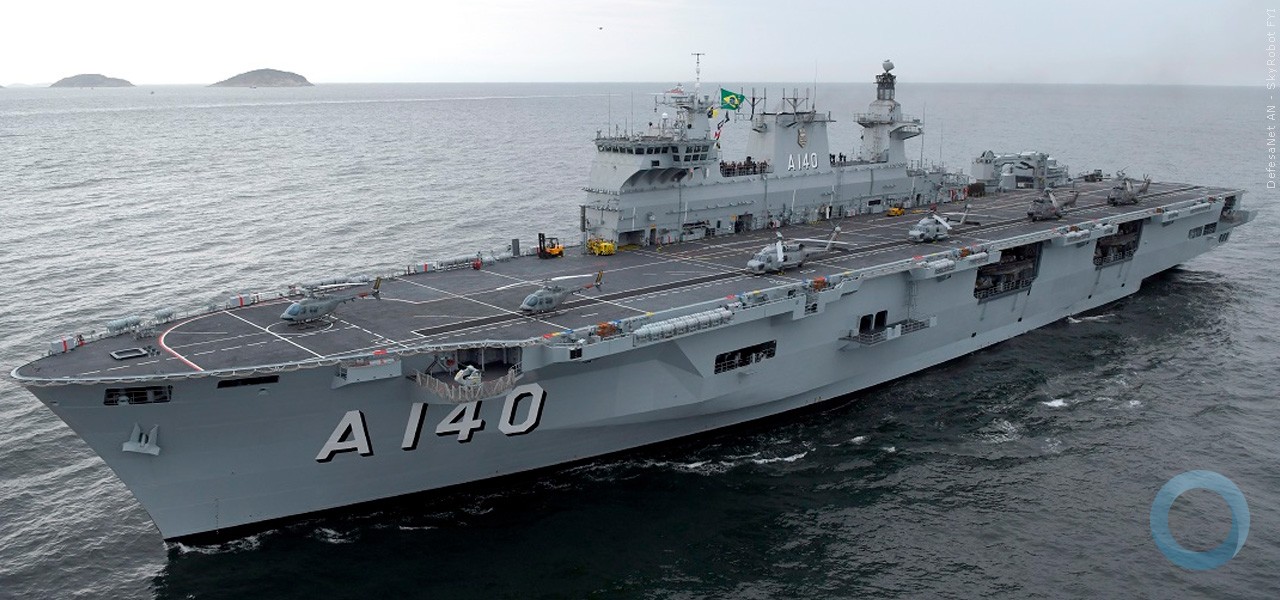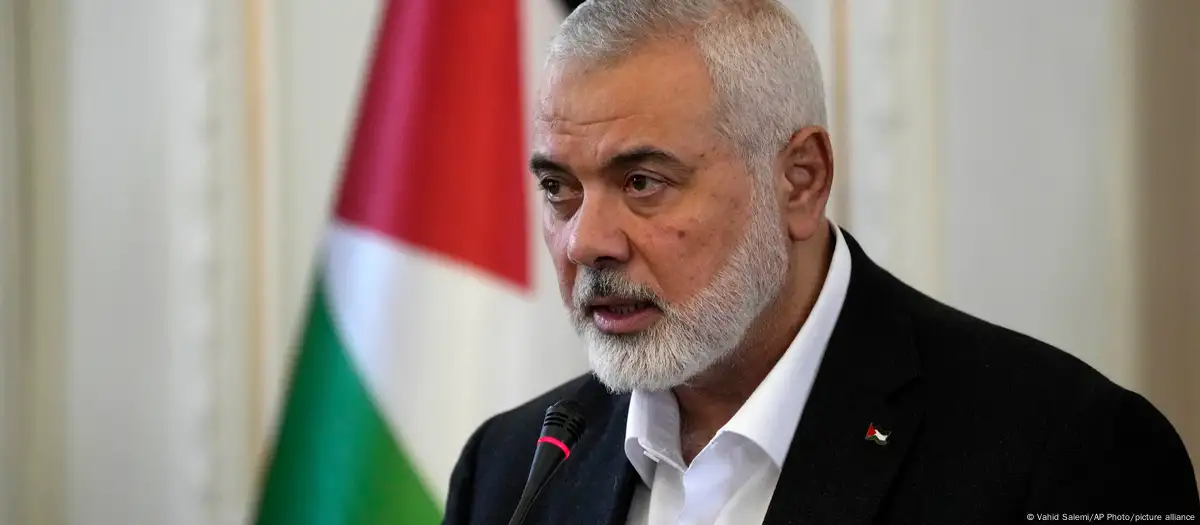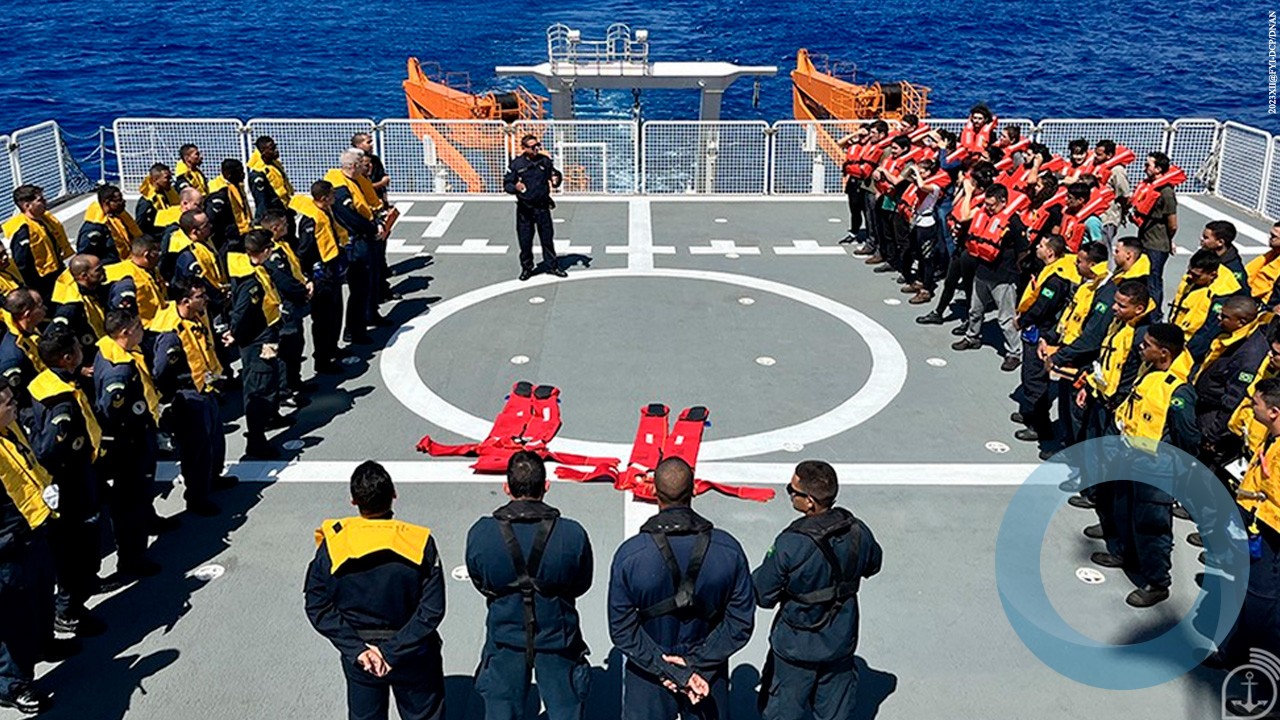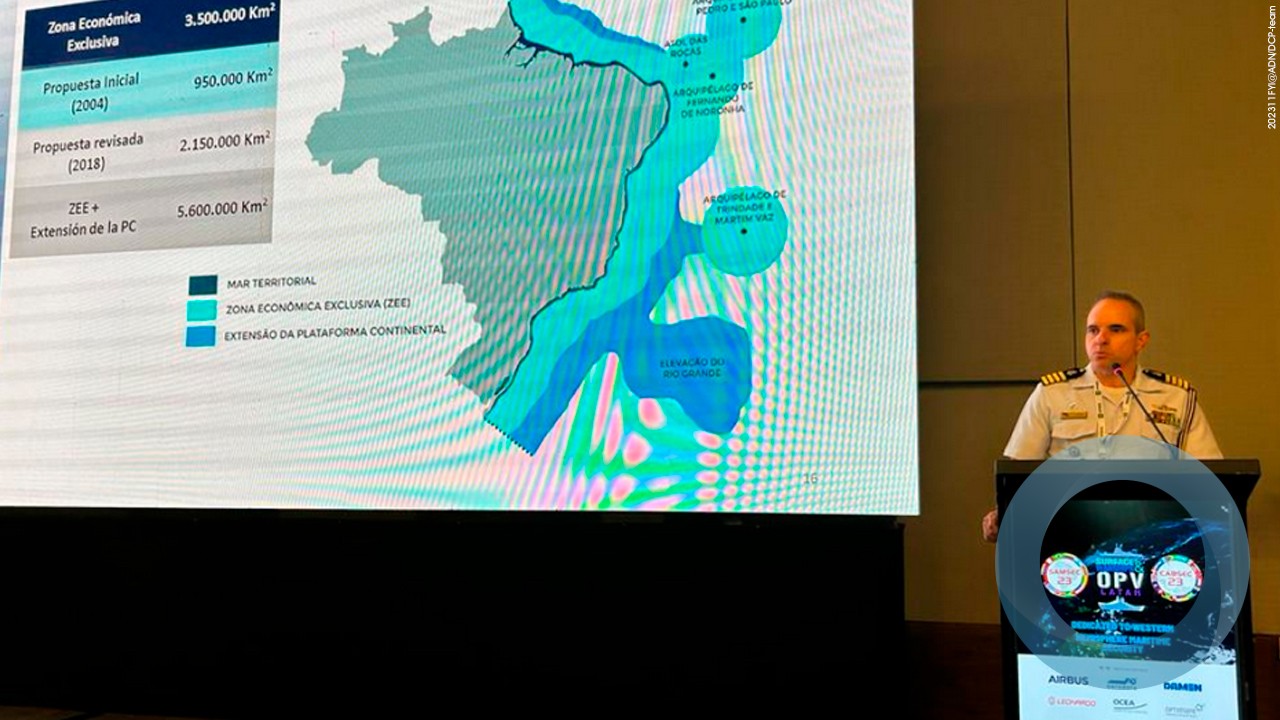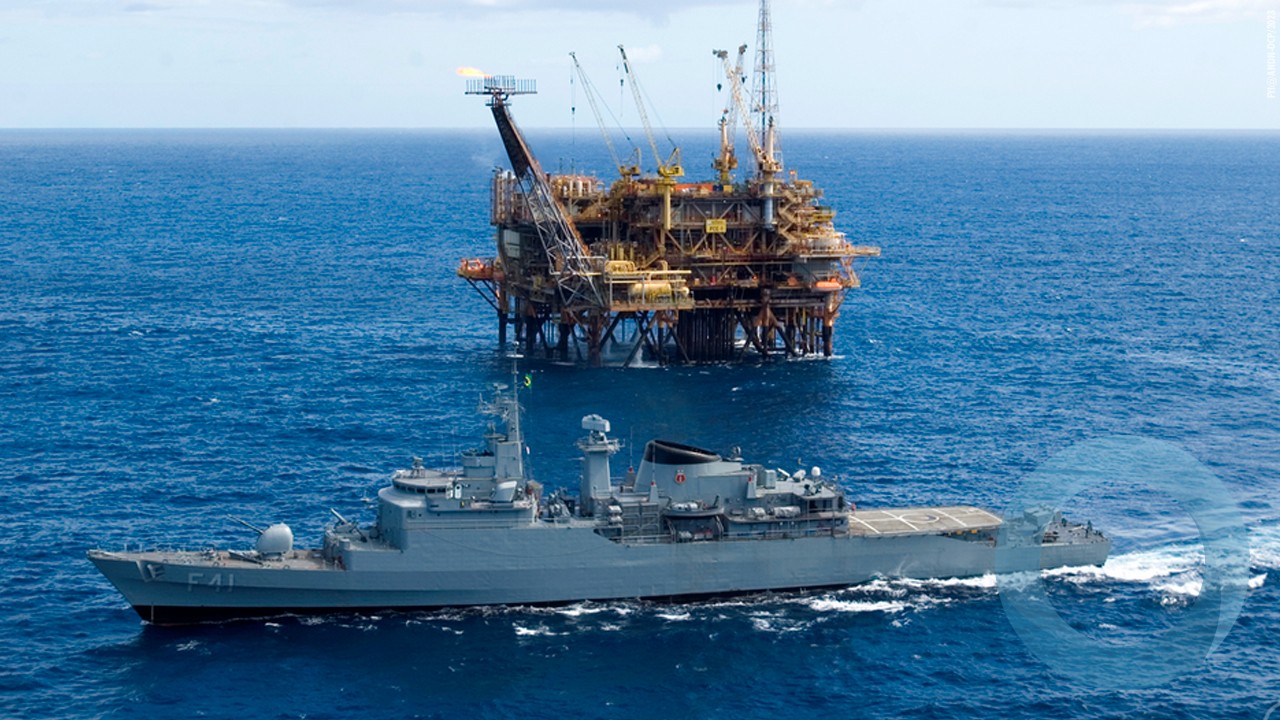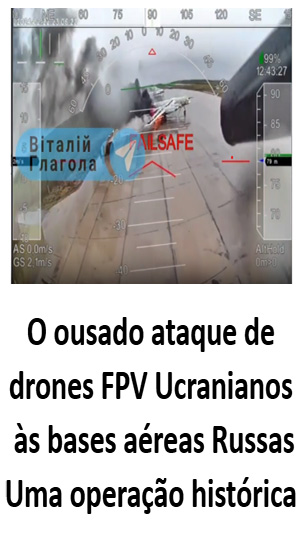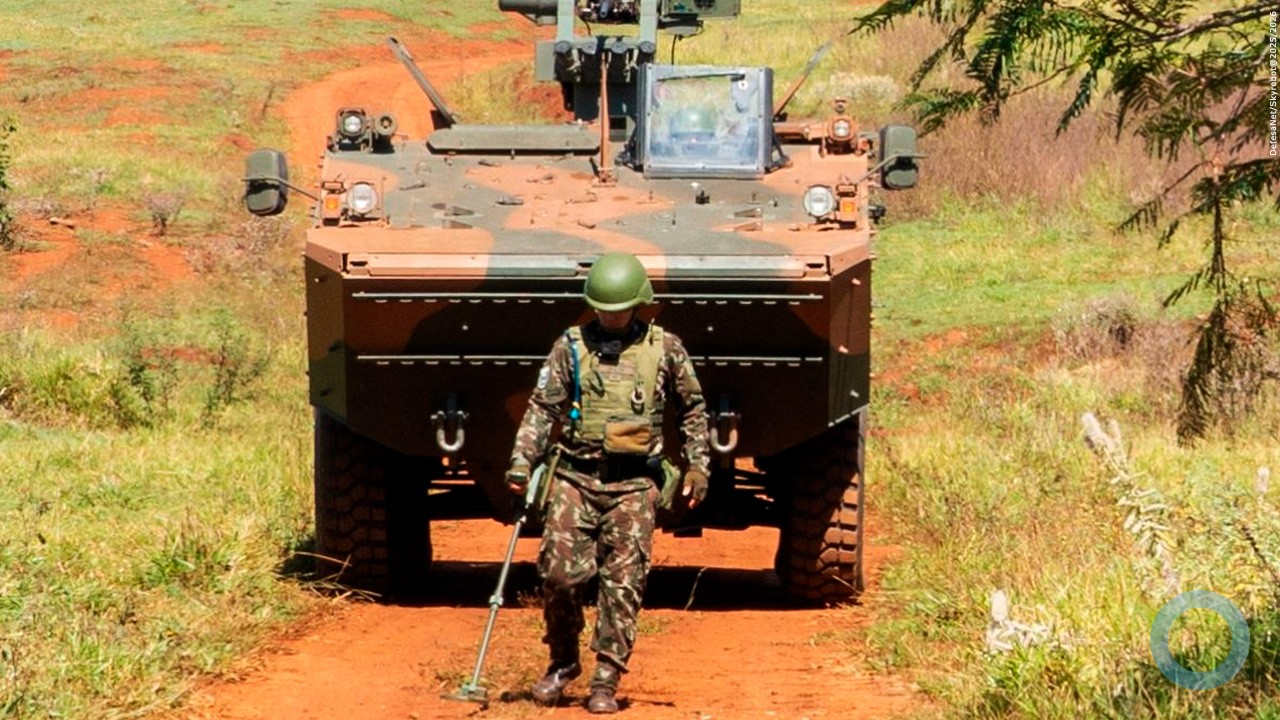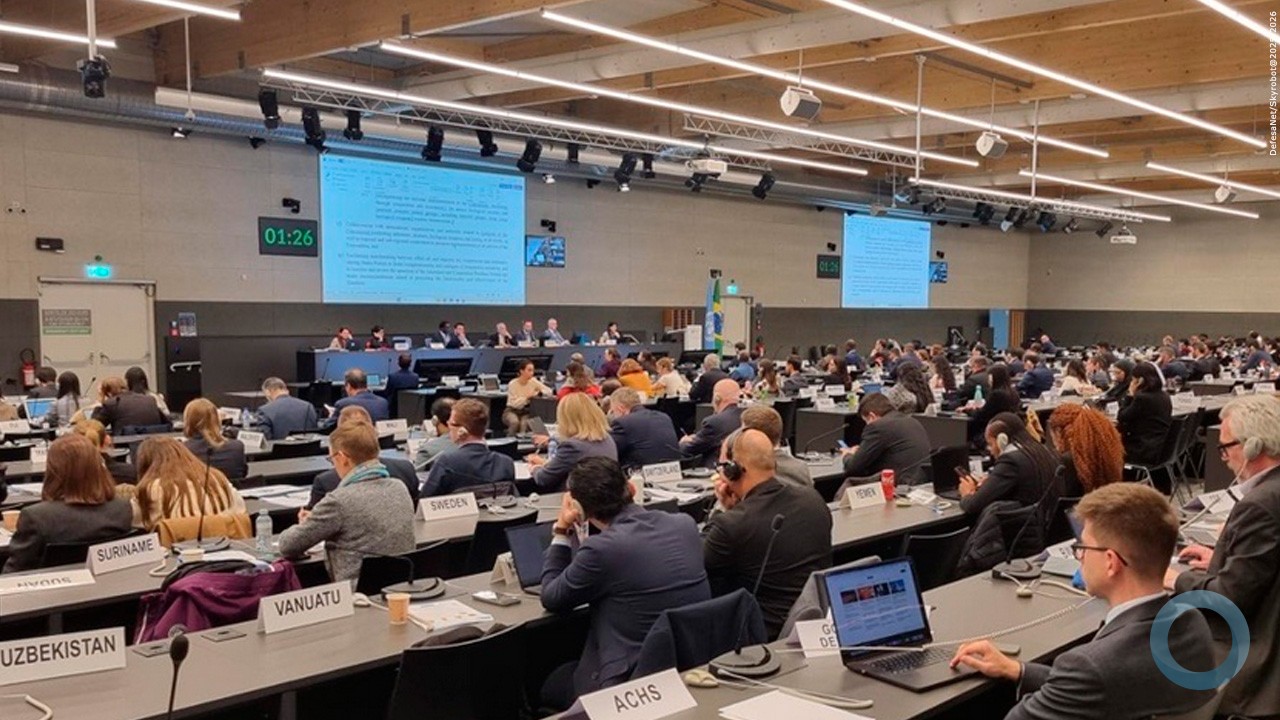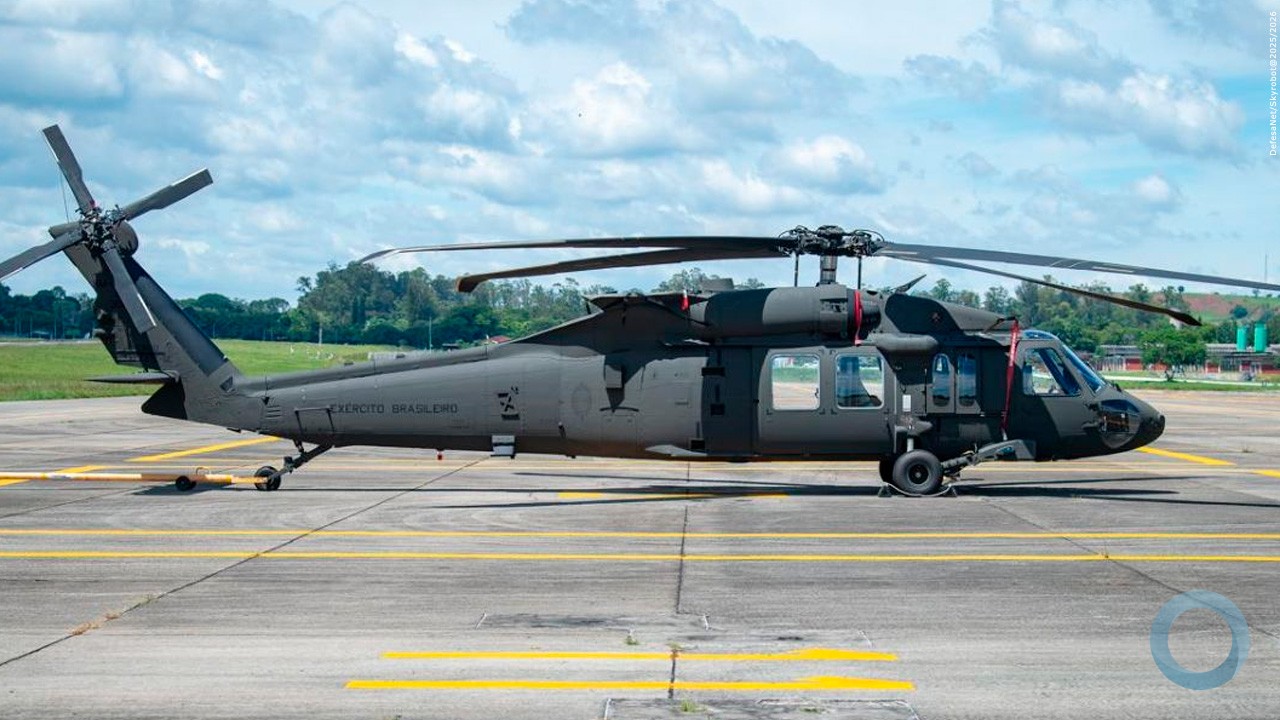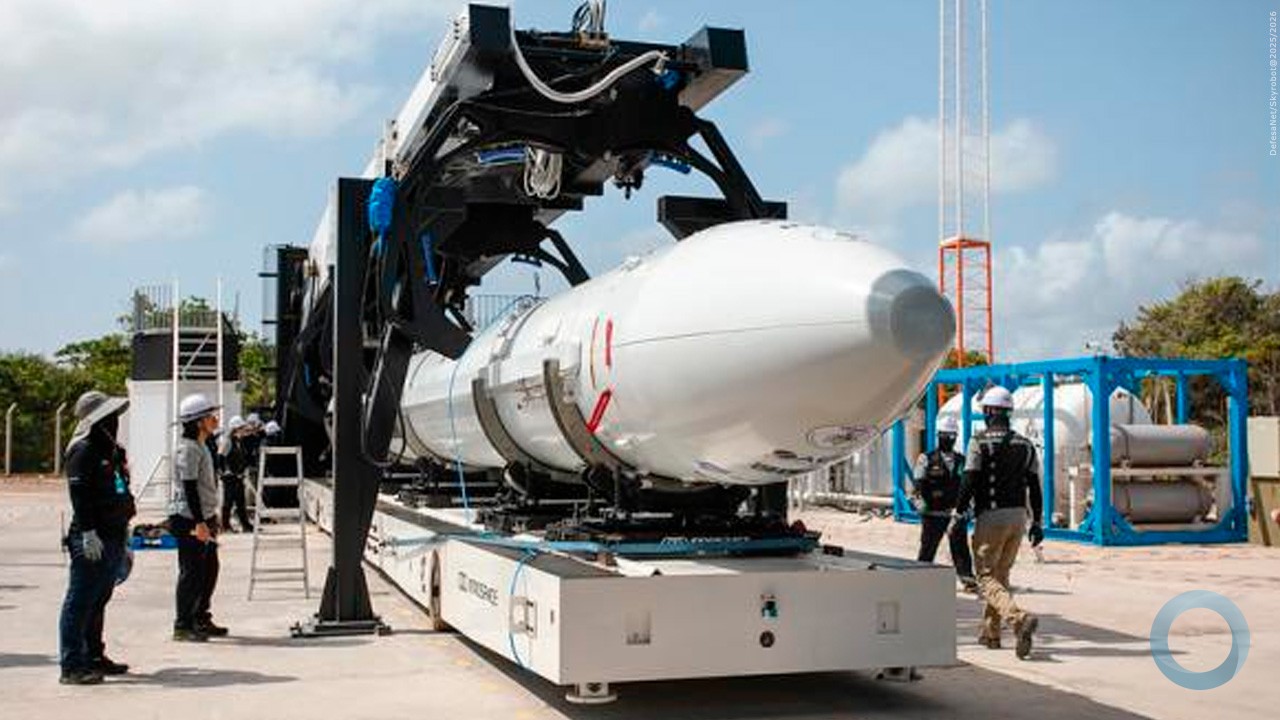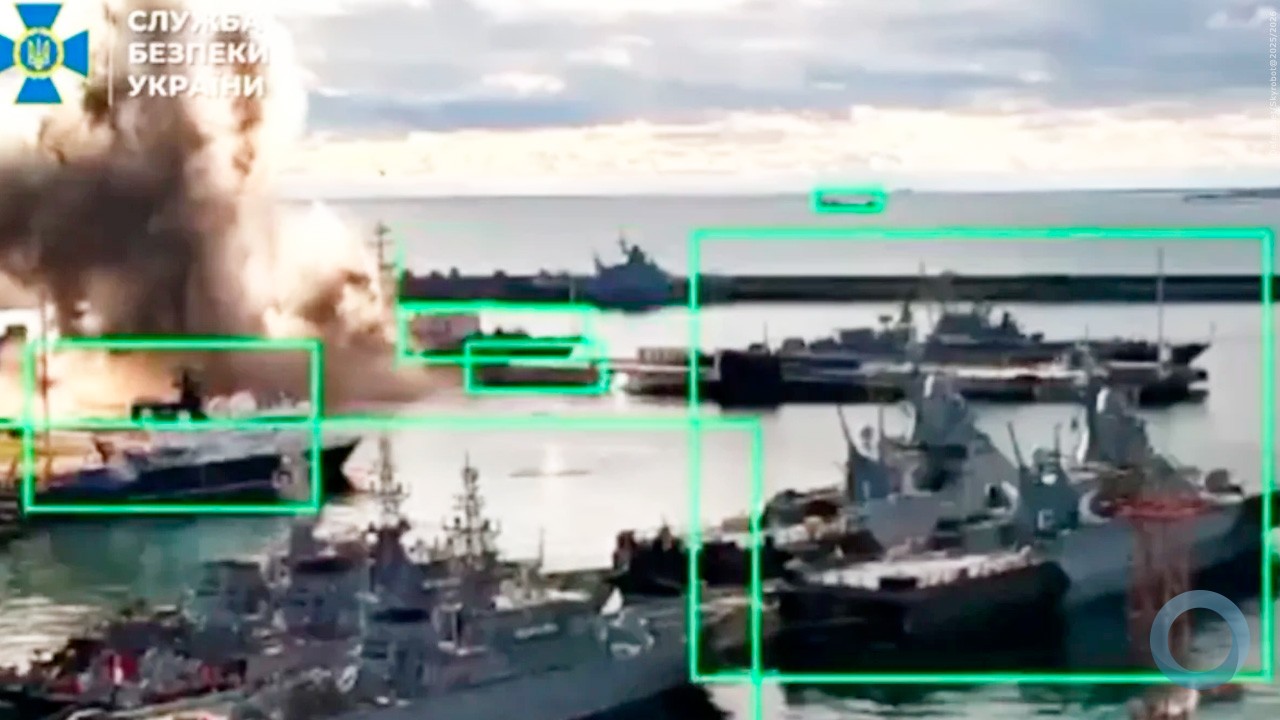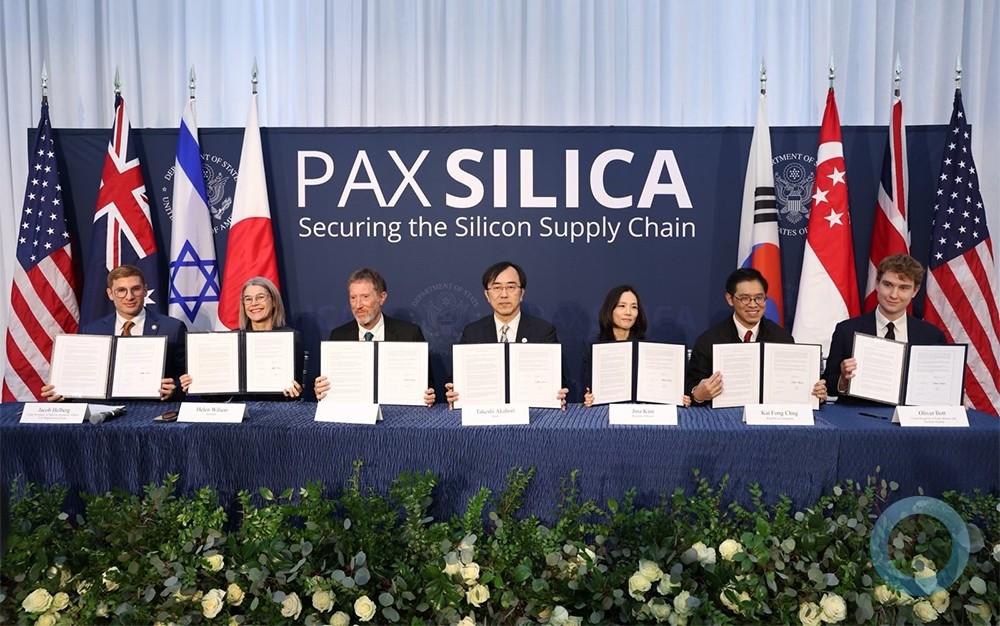Nelson Düring
DefesaNet's chief-editor
On a message sent last Fryday (November 30th) by the director of the Brazilian Navy’s Strategic Programs Management Board (DGePEM), vice-admiral Roberto Gondim Carneiro, to all participants of the Blue Amazon Management System (SisGAAz – Sistema de Gerenciamento da Amazônia Azul) program consortiums, there were two critical pieces of information.
The first one was about the Navy’s decision to not define the Short-List, since all three consortium members are included. They are as follows:
A – ÁGUAS BRASILEIRAS (Brazilian Waters) Consortium – EMBRAER Defense & Security (EDS). Comprised by subsidiary companies BRADAR and SAVIS Consortium, responsible for establishing the Integrated Border Surveillance System project (SISFRON). European company Airbus Defense & Space is also associated with EDS providing surveillance satellites.
B – NOSSO MAR Consortium (Our Sea) – ODEBRECHT Defense & Technology (ODT) – along with Canadian-American company MDA as partner (providing radar systems), Spain-based INDRA and SAAB from Sweden.
C – MAR AZUL Consortium (Blue Sea) – ORBITAL Engineering along with Chinese group China Aerospace Science and Industry Corporation (CASIC).
The second important announcement on the Navy’s letter is that the Force is suspending, as of now, all activities related to the Blue Amazon Management System.
The message sent to all SisGAAz contenders is very similar to the one sent by the Brazilian Air Force Command back in 2006, when the F-X1 was shut down.
This second piece of information is critical because de coastal management system was regarded and established by the Brazilian Navy as a strategic asset for national defense. One of its requirements was for all technology to be completely developed in Brazil, with as much nationalization of its components as possible.
Despite the system’s name making a reference to the term “Blue Amazon”, it has been designed to cover all of Brazil’s territorial waters, including almost 12.000 miles of navigable rivers, as well as international jurisdiction areas for Search and Rescue (SAR) operations.
It was planned for the SisGAAz program to be carried out in three stages: design, contract and development.
Only the design stage has been concluded. The contracting process was underway – earlier, in July, all three companies presented their bids to the Brazilian Navy. Each presentation took a week. After that, the Force was supposed to pick the companies for the Short-List. That didn’t happen.
The Brazilian Navy’s Strategic Programs Management Board (DGePEM)formally justified the interruption of the SisGAAz program due to budget and financial reasons.
The main purpose of the management system was to provide support for the Navy’s operations in the Blue Amazonand Pre-Saltareas. That was one of the priorities for fleet-admiral Moura Neto’s term as the previous Navy commander.
Investment values for the SisGAAz have never been outlined by the Brazilian Navy. Budgets were drafted based on operational and technical structures of the systems presented by each of the bidding companies.
During a meeting with the press last Friday (30th), at the 8th Naval District in São Paulo, Navy commander, fleet-admiral Leal Ferreira stated that the SisGAAz was still a strategic program. However, the commander was proved wrong by plot twists within his own Force.
DefesaNet Note – For more detail on SisGAAz access a Special Coverage SisGAAz Link
Related Articles both in portuguese and english






